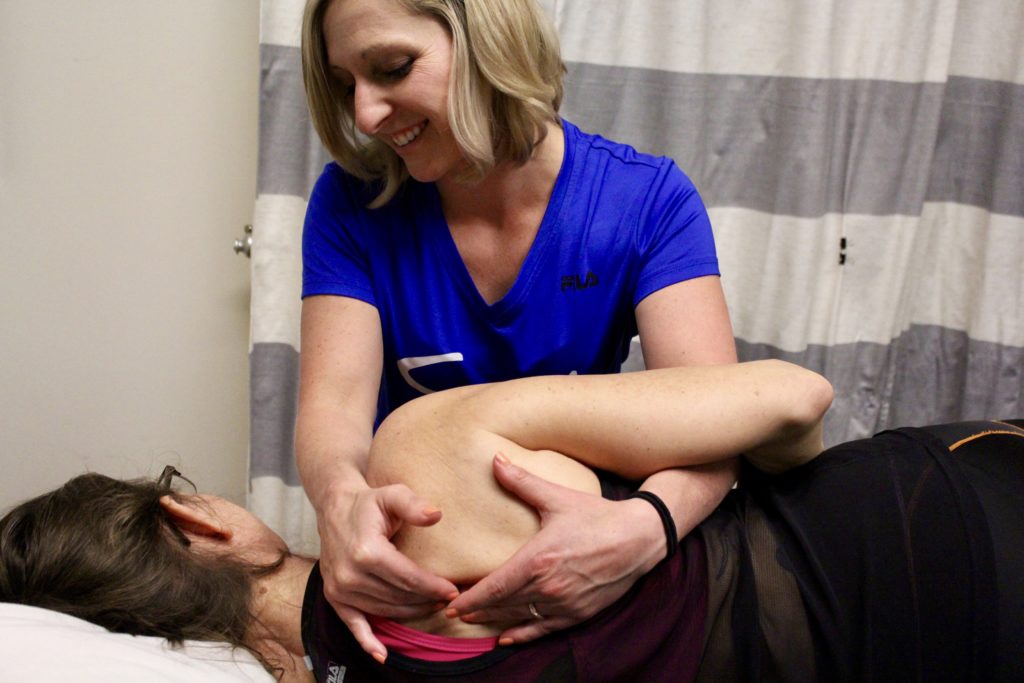
I was recently talking with a client who stated, “I had no idea this is what PT looked like? I didn’t realize your profession was so hands on.” She told me about her last PT experience, in which the physical therapist never even did manual “hands-on” work. Our profession requires the constant use of our hands; we use our hands to monitor, analyze, and treat patients. With that hands-on work, we can assist, educate, mobilize, and instruct movement patterns to combat injury.
I am not here to critique other clinicians or companies. There are plenty of amazingly skilled clinicians all around me; I would unreservedly refer my client to those clinicians if they had needs that rendered a specific clinical skill set out of my scope of practice. Each clinician has a set of unique skills different from the next. But, when I heard my client – who had previously attended physical therapy sessions with another clinician – report that she had no idea what we did as a profession, I became sad and frustrated.
I believe in our practice and feel we have so much to offer as experts in manual and movement-based therapies. Let’s talk a bit more about what Personalized Physical Therapy is, and is not.
Personalized Physical Therapy is not:
These perceptions have one thing in common: they are centered around the work of the therapist (or, the agenda of the medical provider), not around the needs of the patient. The truth is these misconceptions are a product of the healthcare industry. Providers and healthcare conglomerates have a direct impact on the structure of the session and further impact the clinician’s ability to adequately assess and treat affectively. What is left is the patient’s treatment experience which is far from authentic or personal.
As a clinician, the frustrating thing is there are a dozen of PT clinics within a small geographical area. For every big, mulit-site healthcare provider, there are 1 or 2 private practice clinics trying to redefine the physical therapy experience. Your experience with physical therapy might be like going to McDonald: the menu is always the same, the experience is limited, the food is questionable, and the post-meal outcome is less than desirable. But, you will have no trouble locating a McDonalds when you are hungry!
I love that our profession is becoming a front runner for conservative care management, however I do not want the patient experience and outcomes to suffer because we have an agenda driven by profit. When provider profit drives treatment, we end up with treatment and care decisions that are not in the best interest of the patient.
So, what is Personalized Physical Therapy?
Open communication with your physical therapist that allows you to be in control of your outcome and plan of care.
At Smith PT, we pride ourselves on our ability to redefine how you experience Physical Therapy. Your therapy sessions will be customized to fit you and your needs. We will have open and honest conversations about how you can reach your goals. We will reach out to other resources when we feel we need additional support or a team of clinicians. We will provide you with the treatments that have been proven effective.
Regardless of how often you come and visit us at Smith PT, we will ensure that your treatment plan works for you.